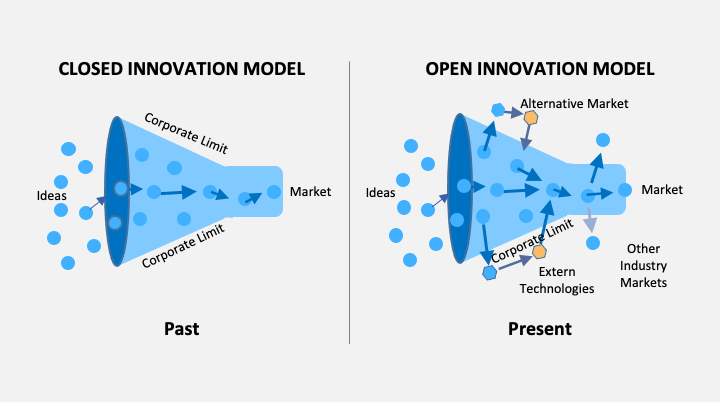Over the past decade, the phrase work-life balance has been commonplace but in recent years, the term workplace flexibility has been gaining more popularity. Work-life flexibility is becoming more and more common these days as some employees, especially millennials and other younger workers, prefer work-life flexibility and not work-life balance. Work-life balance basically implies that staff members should not be totally consumed by work responsibilities. Business organizations that have adopted this workplace ideal tend to have generous, albeit still clear, vacation policies. Such companies encourage their staff members to work the normal 9-5 work schedule with very little flexibility. In addition, they discourage workaholics. On the other hand, work-life flexibility entails providing employees with flexible work arrangements or flexible schedules that allow them to have some flexibility so that they can easily manage the increasing overlap of life and work. With work-life flexibility, employees would be able to have flexible Continue reading
Modern Management Concepts
Concept of National Innovation Systems
There is no widely agreed definition of national innovation systems. National innovation systems are built on the assumption that understanding the interconnectedness of the actors engaged in innovation is crucial to enhancing technical performance. Innovation and technological advancement are the outcomes of a multifaceted network of connections between actors who produce, transmit, and consume various types of knowledge. The manners in which these actors interrelate with one another as components of a social system of knowledge consumption and generation, and also the technology they employ, have a significant influence on a country’s creative performance. The most prevalent actors are public research institutions, universities, and commercial enterprises, as well as the individuals who work for them. Equipment acquisitions, cross-patenting, personnel exchanges, joint research, and a number of other methods can be used to establish links. The analysis of national innovation systems emphasis on knowledge flows. The focus of analysis is increasingly Continue reading
What is Business Process Automation?
Business process automation (BPA) is the use of technology to automate repetitive and manual business processes. It is a way to streamline and optimize processes, reduce costs, and improve overall business efficiency. With BPA, companies can achieve significant savings in terms of time, money, and resources. In this article, we will explore the concept of business process automation, its benefits, and how it can be implemented. What is Business Process Automation? Business process automation refers to the use of technology to automate repetitive, time-consuming, and manual tasks that are part of a business process. These tasks can include data entry, document processing, invoicing, payroll processing, and many others. By automating these tasks, businesses can eliminate errors, reduce costs, and increase efficiency. Business process automation is often implemented through software applications that are specifically designed to automate specific tasks or workflows. These applications can be customized to meet the specific needs Continue reading
Concept of Flattening Organization Structures
Organizational structures refer to the way in which an organization is designed, including how tasks are divided, how authority is distributed, and how information flows. Traditional hierarchical structures have long been the norm in many organizations, but in recent years there has been a growing trend towards “flattening” organizational structures. Flattening refers to the process of reducing the number of hierarchical levels in an organization and distributing decision-making power more widely. In this article, we will explore the benefits and challenges of flattening organizational structures and provide some guidance on how to implement this approach effectively. Benefits of Flattening Organizational Structures Increased agility and responsiveness – Flattening an organization can make it more agile and better able to respond to changes in the marketplace. In a traditional hierarchical structure, decision-making is often slow and cumbersome, as decisions need to be passed up the chain of command for approval. Flattening the Continue reading
What is Green Management?
Green management is an approach to organizational management that seeks to reduce the environmental impact of business operations while improving business efficiency and profitability. The focus of green management is on sustainability, and it involves making decisions and taking actions that are environmentally responsible, socially beneficial, and economically viable. This article will discuss the concept of green management, its importance, benefits, and challenges, as well as strategies for implementing green management practices in organizations. The Concept of Green Management Green management is a proactive approach to managing a business in a way that minimizes the environmental impact of its operations. It involves adopting strategies and practices that reduce waste, conserve energy and natural resources, and minimize pollution. Green management goes beyond simply complying with environmental regulations; it involves taking a leadership role in environmental stewardship and sustainability. Green management practices can be applied in any industry, from manufacturing to retail, Continue reading
Introduction to Quantum Management
Quantum management is a new and innovative approach to management that is based on the principles of quantum physics. Unlike traditional management models, which rely on classical physics and linear thinking, quantum management recognizes the interconnectedness and interdependence of all things and embraces the complexity and unpredictability of the modern business environment. In this article, we will explore the key concepts of quantum management, and how they can be applied to create a more effective and efficient management approach. The foundation of quantum management is the idea that everything in the universe is connected, and that the behavior of one system can affect the behavior of another. This is known as the principle of non-locality, and it is the basis for the concept of entanglement in quantum physics. In management, this principle means that all aspects of a business are connected, and that a change in one area can have Continue reading




